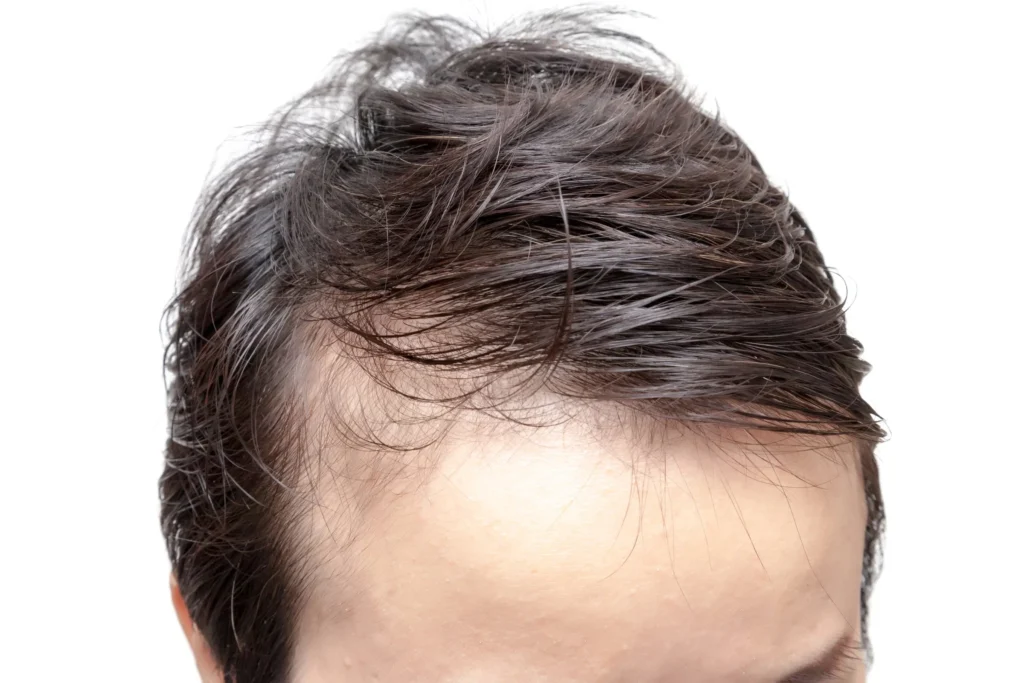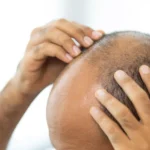What To Expect After A Hair Transplant

Hair transplants have become increasingly popular in recent years as a reliable solution for hair loss. Whether due to genetic factors, aging, or other reasons, many individuals turn to this procedure to restore their hair and regain confidence. However, undergoing a hair transplant is not just a one-time event; it involves a process with specific stages of recovery and results.
I have compiled a guide, based on 18 years of hair transplant experience, on what to expect after a hair transplant.
Day One (Post-Procedure)
Immediately after a hair transplant procedure, you may experience some minor discomfort, swelling, and redness around the treated areas of your scalp. This is transient and entirely normal. The swelling and redness will subside within a few days.
Your hair restoration doctor will provide you with care instructions, including how to clean and care for your scalp to promote healing and minimise the risk of infection.
Week One (The Healing Phase)
At Alaxis Medicare, my team and I use a technique called Follicular Unit Extraction (FUE) Hair Transplant. It is a day procedure with minimal downtime. However, we encourage patients to follow our plan to care for their scalp over the next few days.
By week one to two, there will be a shedding phase of the scabs. These are small, black dried flakes that will begin to fall off. You can speed up this process by moisturising the (partially) dried flakes with olive oil or baby oil.
Avoid touching or scratching the newly transplanted areas to allow the grafts to settle and heal. We also recommend sleeping at an elevated angle (using a higher-than-usual pillow) to reduce swelling. Patients may experience a sweaty scalp and some itching as the tiny wounds heal, but these are temporary. Once we confirm that transplanted grafts have stabilised (usually after a week), we allow our patients to gently wash their scalp.
Week Two to Five (The Shedding Phase)
Around two to three weeks after the FUE procedure, the newly transplanted hair begins to shed. This is when the transplanted follicles enter a dormant phase before new hair growth begins.
This shedding is perfectly normal and temporary. New hair growth will follow in the coming months.
Week Six (Early Growth Phase)
This phase is exciting for all of our patients as they witness new hair emerging from the transplanted follicles. Initially, the hair may appear thin and sparse (similar to baby hair), but it will improve over time as the follicles continue to grow and mature.
While our FUE technique is proven to produce excellent results, the outcome also depends on factors such as the quality of donor hair and the patient’s healing processes.
Recovery takes time. Patience is key.
Week 12 (Visible Improvement)
By week 12 (the third month) after the transplant, patients start to see more noticeable results as the new hair becomes thicker and denser. Growth rates differ from person to person, so while most will see significant improvement by week 12, some may experience it a few weeks later. We also recommend that patients support their recovery with finasteride (sold as propecia in Singapore).
Six Months Onwards
Around six to twelve months after the procedure, you can expect to see the results of your hair transplant. The transplanted hair should be fully grown, providing a natural and permanent solution to hair loss.
What About Complications?
Although uncommon, complications such as infection, scarring, or uneven hair growth can occur. This underscores the importance of choosing a medically trained, experienced hair restoration specialist to guide you throughout your hair transplant journey.
Is My New Head of Hair Here for Good?
Once the final results of your hair transplant are achieved, ongoing maintenance and care are essential to preserve your new hair. This may include using special shampoo and treatment recommended by your doctor, avoiding excessive heat and chemical treatments, and protecting your scalp from UV exposure, especially in sunny Singapore.
When you look good, you feel good too. Over the past 18 years, our hair transplant patients have returned to share that they feel more confident and positive.
The decision to undergo a hair transplant should always begin by consulting a medically trained, experienced hair restoration specialist who will carefully assess your medical history, lifestyle habits, and personal goals to help you achieve a successful outcome.
Get In Touch with Alaxis Medical Today!
Successful hair restoration can be life-changing. Start your journey sooner rather than later with Alaxis Medical.
WhatsApp us at +65 81257655 to find out more.




